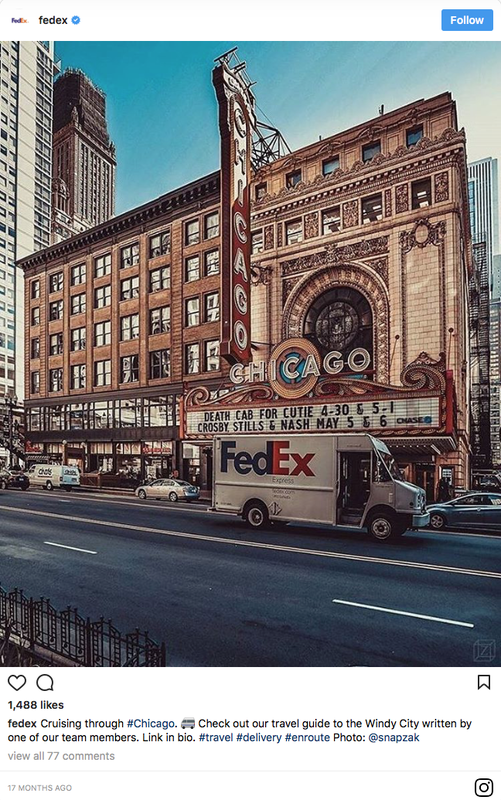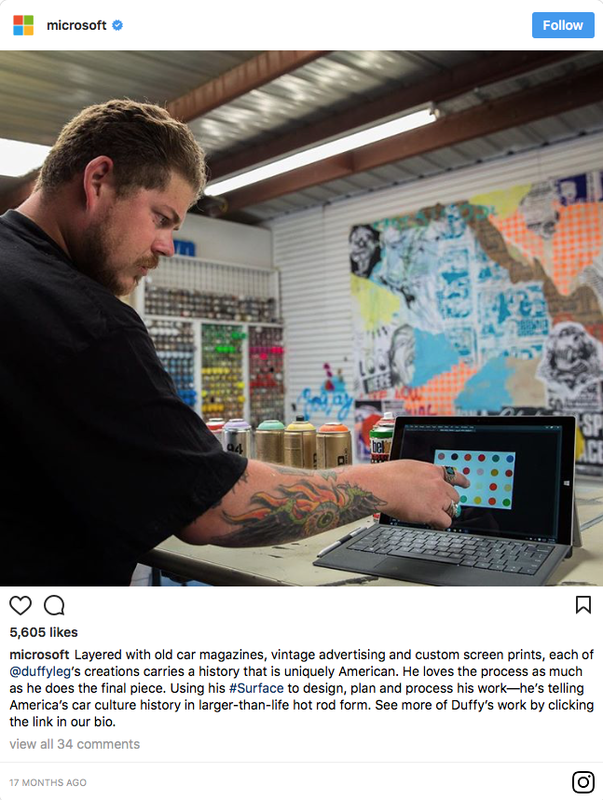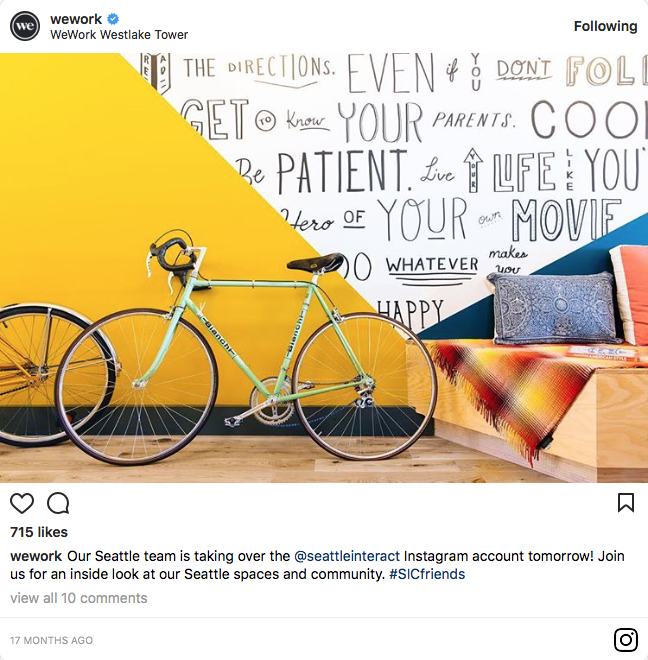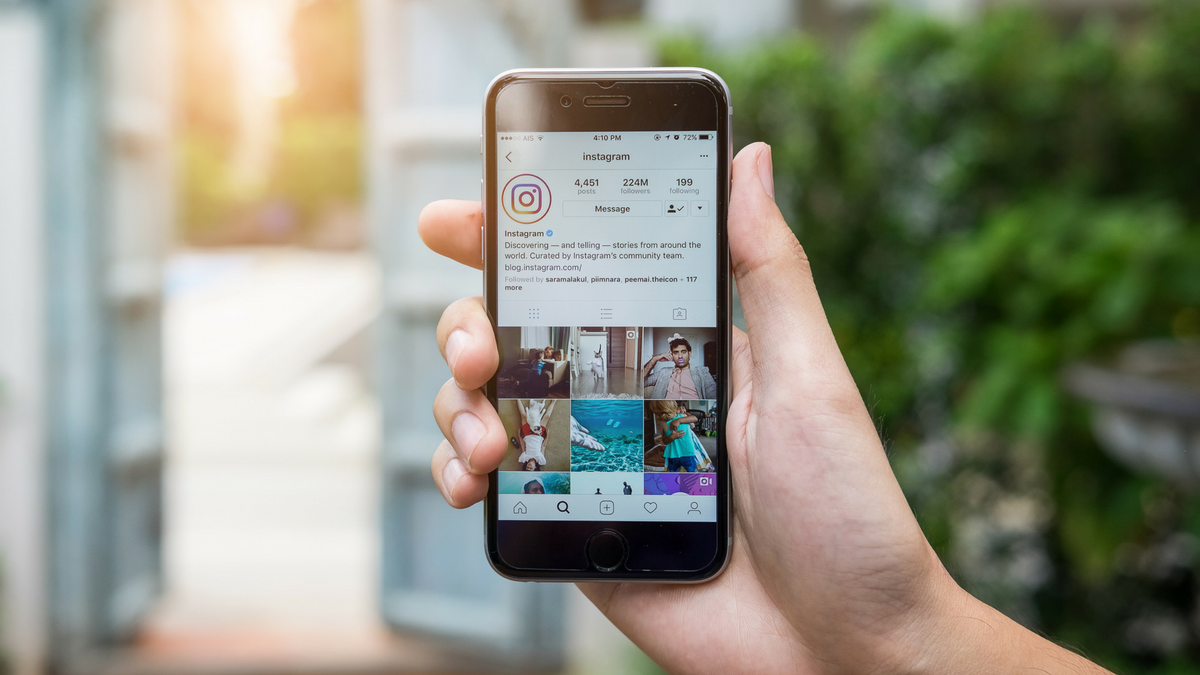Instagram has over 700 million monthly active users, less competition and a more engaged audience than other social media giants like Facebook or Twitter (sources: Statista, selfstartr).
This presents businesses with an opportunity to market their products to a more targeted and interested audience without spending an enormous amount of money on paid advertising. Whether your strategy needs an update or you’re a newcomer to this social media network, you’ll find these seven tips on how to use Instagram for business superbly useful.
1. Show what you do in a creative way
Focus on the solution you provide, not the products you sell. On Instagram, it’s essential to add value to your customers and look pretty while you do it. Never underestimate the fact that your most important asset (and downfall) on this social media network is visual content.
If your business is service-oriented, focus on showcasing the process behind providing the service. Show your company culture, share your mission with the world, or simply share some tips and how-tos. It’s possible to upload photos, short videos (similar to GIFs, called Boomerangs) and videos up to one minute in length.

Try Instagram Stories
Instagram Stories have a slideshow format and are only live for 24-hours (though they can be saved to your device to be re-used later). This new feature is a direct competitor to Snapchat’s Stories and is now being heavily developed by Instagram. These are some of the benefits of using Instagram Stories for brands:
- Stories are prominently displayed at the top of follower timelines just under the Instagram logo.
- Can be used to capture behind-the-scenes content that doesn’t have to be as high in quality as regular posts.
- Makes it easy to experiment with different content types: photo, short video, Boomerang (GIF-like image), video filmed backwards (Rewind) and live video.
- Tagging other accounts, e.g. @instagram in Stories is ideal for collaborators and influencer marketing.
- Fun additions like face filters, text and stickers help you edit images on-the-go.
- Story search for hashtags and locations make them more discoverable.
All photos and videos you add will play in the sequence they were added and you can add as many as you like. You can use these to target new audiences and add CTAs to your collages which can be especially useful for promotions.
Note that Stories are only available on the mobile app and it’s possible to send Instagram Stories as a direct message (DM). We’re yet to see widespread use of sending Stories privately for businesses, unless you’ re planning to send tailored short videos to prospects.

2. Create a winning profile
As a company, you probably do a whole lot of things and offer even more solutions. Don’t get too caught up in fitting all of that in 150 characters. Focus on your most important USP or your next big thing – be it an event, promotion or product launch.

Great example of an Instagram Bio by Content Marketing Institute.
Since the only clickable link is in your Bio section (right under your name), make a habit of updating it frequently. It’s a shame that most brands use it only to link to their website, but it could do so much more. Think, driving event registrations, app downloads or even purchases.
Instagram has also launched their Instagram Business profiles and paid advertising. The Business profile adds a phone number to your bio and gives access to extensive analytics data that wouldn’t be otherwise available unless you’re using a social media tool.
3. Take them behind-the-scenes
Customers have a natural curiosity about where their products come from, and you can use Instagram to show them their whole lifecycle. This is especially relevant for companies that sell environmentally friendly or FairTrade products. Source images to demonstrate how products are made – from the base material, production and distribution.
If nothing comes to mind, you can share something that everyone has – sketches, notes and filled whiteboards or blackboards. Every business has brainstormed ideas, it’s up to you to take a pretty picture and upload it to Instagram. You may find that it’s best to try out different post types until you strike gold with the one that will engage the audience. Thanks to yet another new feature, Instagram now lets you archive posts instead of deleting them.
4. Expand your reach with #hashtags
Use hashtags to expand your reach. These can be campaign specific or general – all that’s important is that they are relevant. Make sure to also set up your main company hashtag (#yourbrandname), and use it sparingly across Instagram (Twitter is good too). This makes it easier for people to find content related to you as well as your main account.
It’s best practice to use between three to five hashtags, despite the fact that the maximum you can add is 30 per Instagram post. Use your own, campaign specific hashtags as well as the more popular hashtags to increase the discoverability of your content. For example, try adding hashtags like #instagood (used in 300 million posts), or #tbt (Throwback Thursday), and don’t forget about industry specific ones. If you are in IT, the hashtag #IT or #tech will do just fine. Also, consider how you add hashtags, these can be added at the end of the post, in a comment or worked into the actual post, like GoPro does.

5. Collaborate and @mention others
Instagram is one of the strongest social media channels for highlighting collaborators and sharing customer success stories. Even if you don’t officially partner with a non-profit organization, you can give to charity or do a fundraiser a couple of times a year. It’s all good as long as the cause aligns with your brand values and mission. Take into account that not everyone is monitoring hashtags on social media, so tagging an account is usually a better choice if you want to get noticed.

Another technique involves the use of ‘shout-outs’. An unpaid shout-out is when you partner with another brand that has roughly the same number of followers as you to promote each other to your audiences and you both benefit from increased exposure.
The paid shout-out is for those with a bigger budget as it’s essentially an influencer campaign. This usually involves paying a brand (or influencer) with a much larger following to promote your product or service. It’s a great way to gain a large number of new followers quickly, providing that you create a strong call to action and the influencer’s audience is genuine.
6. Build anticipation and offer exclusivity
Keeping your customers interested is an essential part of any effective marketing campaign. Reward your loyal followers with exclusive content. Let them be the first to know about new products, services or events. Create teaser photos that build anticipation or satisfy curiosity for your new releases, office openings or stores. This kind of preview makes your Instagram followers feel special and keeps them coming back for more insider information.
7. Analyze your success and build on it
Without taking a step back and analyzing what worked and didn’t, marketing becomes a guessing game. The truth is, you can read all the articles in the world about the best practices and publishing times, but you will only find out what works for your clients through testing and measuring results.
Social media management tools can help, though. You can use them not only to schedule your Instagram campaigns in advance but also use social media analytics to measure their success. Make sure to regularly measure your follower count, engagement and clicks, all to refine and improve your strategy.
Source: Sendible
For more tips to get the most out of Instagram, check the following infographic by Inkifi.






